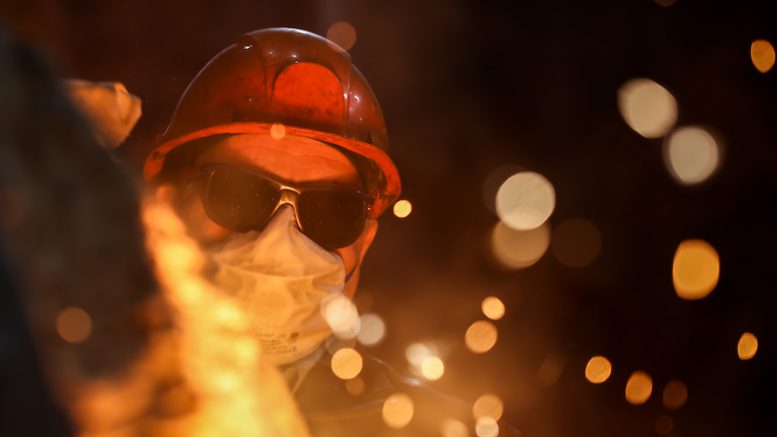Rio Tinto (ASX, NYSE: RIO) is investing US$143 million in a new research and development centre in Western Australia that will be focused on developing low-emission steel production methods.
The facility will prioritize the improvement of the BioIron process, an iron-making technology developed by Rio Tinto that utilizes plant matter, such as wheat straw, sugar cane bagasse, canola sticks or barley straw, in lieu of coal.
The switch will allow iron ore miners and steelmaking companies to eliminate the emissions generated by the use of fossil fuel in their processes. The production of steel currently accounts for 8% of the world’s total carbon emissions and represented 69% of Rio Tinto’s Scope 3 emissions last year.
BioIron is said to require about one-third of the electricity used in other steelmaking technologies that aim at cutting down emissions, such as those that rely on renewable hydrogen.
The pilot plan, to be built in the Rockingham Strategic Industrial Area south of Perth, will have the capacity to produce one tonne of direct reduced iron per hour, or 8,700 tonnes a year.
If it works as expected, BioIron could potentially reduce carbon emissions by up to 95% compared to the current blast furnace method. The process aims to offset carbon dioxide emissions by planting crops that will serve as future biomass sources.
Net-zero goal
Rio’s iron ore boss, Simon Trott, emphasized the importance of transitioning to low-carbon steel for achieving net zero emissions, and expressed the company’s commitment to transforming Pilbara ores into steel through innovative methods.
Western Australian Premier Roger Cook said that for the state and one of the world’s largest iron ore producers, it “made sense” to lead low-emission steelmaking research and development.
“Processing iron ore in WA will create jobs, reduce the world’s carbon emissions and help to diversify and strengthen our economy for decades to come,” Cook said.
The new plant is to be 10 times the size of one used in successful small-scale trials that BioIron conducted in Germany.
Created through a partnership with the University of Nottingham, Metso Corp., and the Western Australian engineering company Sedgman Onyx, the pilot plant is expected to be commissioned in 2026.
Rio Tinto is also testing other technologies in partnership with Australia’s top steelmaker, Bluescope Steel (ASX: BSL), spun out of BHP (LSE: BHP; NYSE: BHP; ASX: BHP). The three companies began building in February a pilot ironmaking electric smelting furnace, the country’s first, with a potential start date of 2027.


Be the first to comment on "Rio Tinto invests US$143M in low-emission steel plant "